- | 8:00 am
The UI of air-conditioning is hell on earth
It’s 2022, but thermostats are still living in the 1990s. They are so cryptic that you need a master’s in Egyptology to understand them.
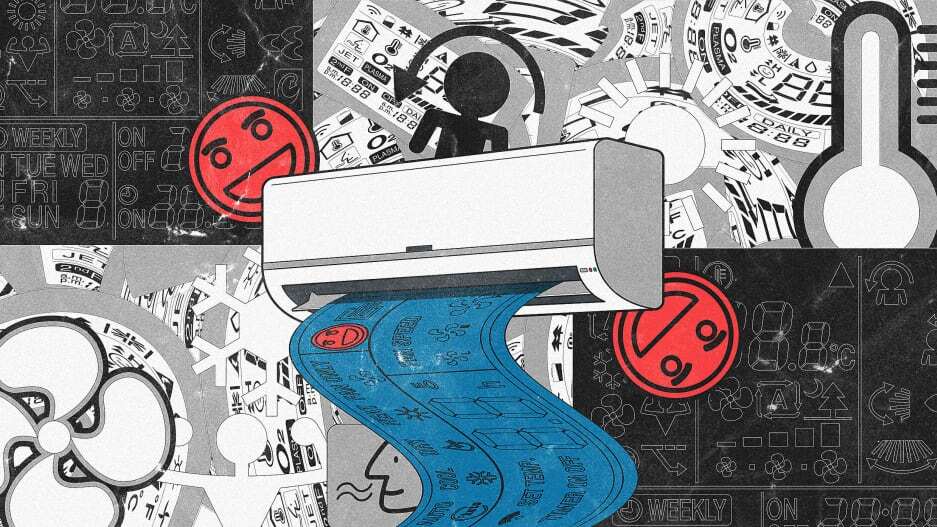
A few days ago, I almost tore my digital thermostat off the wall because I couldn’t understand its demonic user interface. I had no manual for it, and I couldn’t find it on the internet. So, boiling with Joe Pesci fury, I couldn’t stop fantasizing about ways to retaliate against the sadistic monster who designed this horror.
Central air-conditioning came with the apartment I’m renting and, while I like staying cool, I hate its interface with the fury of a thousand suns—which, coincidentally, is exactly the temperature of Madrid, where I live these days.
I didn’t want to do anything arcane with my thermostat; I simply wanted to program it to optimize the energy consumption because the price of electricity in Spain is now between $1 million and $2 million per watt. Last month, we paid three times our usual bill; I just wanted to use the AC rationally so my family could avoid living in Satan’s sauna without burning down the bank account.
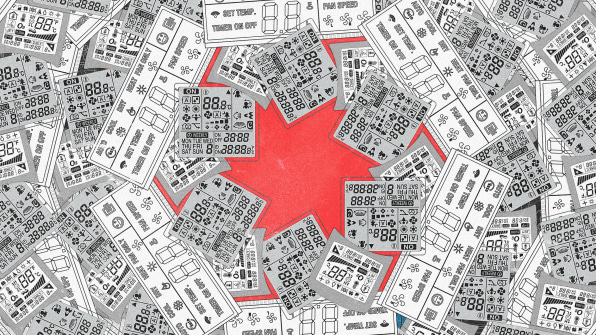
Days of poking later, I thought I had my scheduling issues solved when a clock mysteriously appeared on the thermostat’s screen. But the next morning, the AC was still running at full blast when it should have turned off around 3 a.m. Assuming I used the wrong mode, I tried another mode—this one resembled a moon. Then I waited up until 3 a.m. to see if my AC turned off. It didn’t.
“Nothing could be worse than this terrible thermostat!” I concluded. (I was wrong.)
Out of curiosity, I began collecting the user manuals for other thermostats from the top manufacturers in the world only to discover that, yes, some other options are even worse, controlled with remotes full of buttons and icons that don’t make any sense.
I studied models from Korea, Japan, the U.S., and Europe. While humans may not agree a lot, I found that stupidly bad design is an international language that knows no borders, a United Nations of horrific UX that appears to be chartered by a secret cabal of cruel villains who obey the commands of a sentient 1995 CorelDRAW clipart CD. Let me show you!
CARRIER
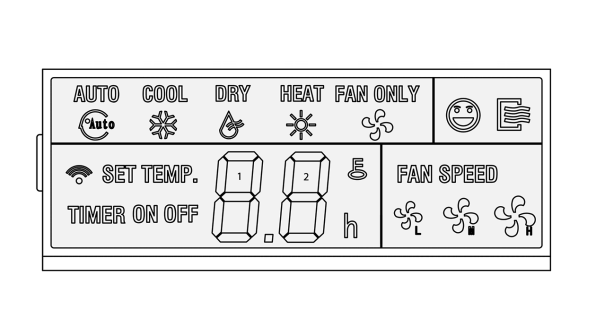
Let’s start with the simplest option, from U.S.-based Carrier. First of all, why do the icons need words labeling what they mean? Why does the Auto icon repeat the word AUTO inside a . . . whatever the heck that is? A human head? I have no idea. Is it a guy running away from the murderous smiley face in the thermostat’s upper-right corner?And next to the smiley guy . . . is that a flying carpet? Or is it an open door with wavy lines trying to escape? An open window perhaps? Is it somehow related to the liquid drop with more wavy lines? We will never know, but at least it seems that you can set a simple hour timer. That would have been a cool feature to have in mine.
LG
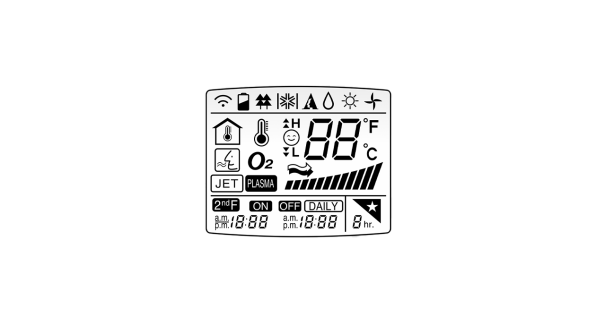
Then there’s LG, which, glancing at the icon in the upper left-hand corner, appears to have Wi-Fi! (No, it actually doesn’t. I looked it up. That Wi-Fi icon must be the indicator that shows that the remote is transmitting to the unit.)
Next to the Wi-Fi bars and the half-battery icon, I assume those are the AC modes, starting with . . . double-tree mode? Maybe it’s some ecology mode. Maybe it’s a mode for if, and only if, you have trees in the living room. Whatever.
I see cold, I see the water drop (I never knew if this is meant to humidify your environment or to suck the humidity dry), and I see the sun that I assume is supposed to mean heat next to a shuriken.
But what is that triangle in the middle of the top row, with what appears to be a human profile inside? What is that supposed to mean? Humans are prohibited? Turn this mode on when you guys go live in a tent? They may be related to the happy man smelling something? At least the giant “O2” implies that the unit produces oxygen for when you hyperventilate trying to figure this crap out.
I also don’t understand why Baby Thermometer is living in the house while Daddy Thermometer sits outside next to Smiley. And maybe we can assume that the function labeled “JET” means the AC goes on full blast, while “PLASMA” safely disintegrates everyone in the room?
DAIKIN
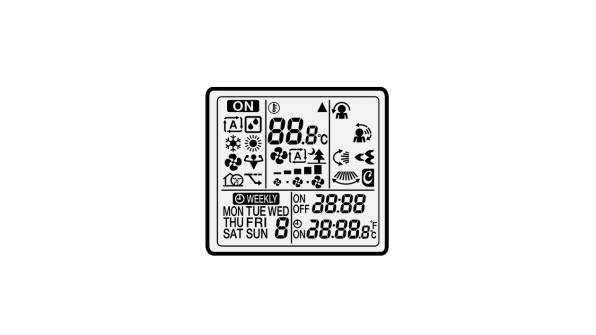
Daikin is the largest manufacturer of air conditioners in the world. It could also be an organizer for a rave, as our photo editor points out that this could be a flyer for one (just look at the odd group of icons on the right). It seems to urge the user: Move your head in circles! Scream while you move in circles! Flap your arms up and down, flap your legs to the sides, repeat!Don’t ask me what the strange symbol with the three semicircles is. Is that a rocket? Is that when you pop the MDMA? Maybe.
If raves aren’t your thing, there’s also a mode for your basement gym on the left. You know, the icon that looks like a character flexing in a Nintendo Game & Watch game. Muscle mode.
ELECTROLUX
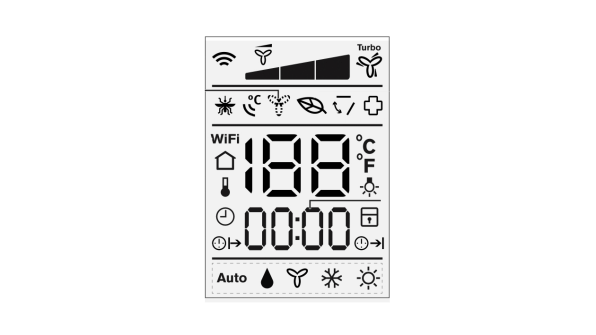
Finally, let’s look at Electrolux, designed and made in Sweden. You would have imagined that some of that exquisite Scandinavian love for design would have been present here, but no.Apparently, this AC unit does it all, as that second icon line shows. It sucks your blood like a mosquito or kills it. It launches Celsius degrees straight into the air. It turns itself invisible. It makes your plants grow. It can solve trigonometry problems. It can even call your doctor. It may even be your doctor.
I can’t believe that these wonky thermostats still exist in 2022. I really need to get a Nest.








































